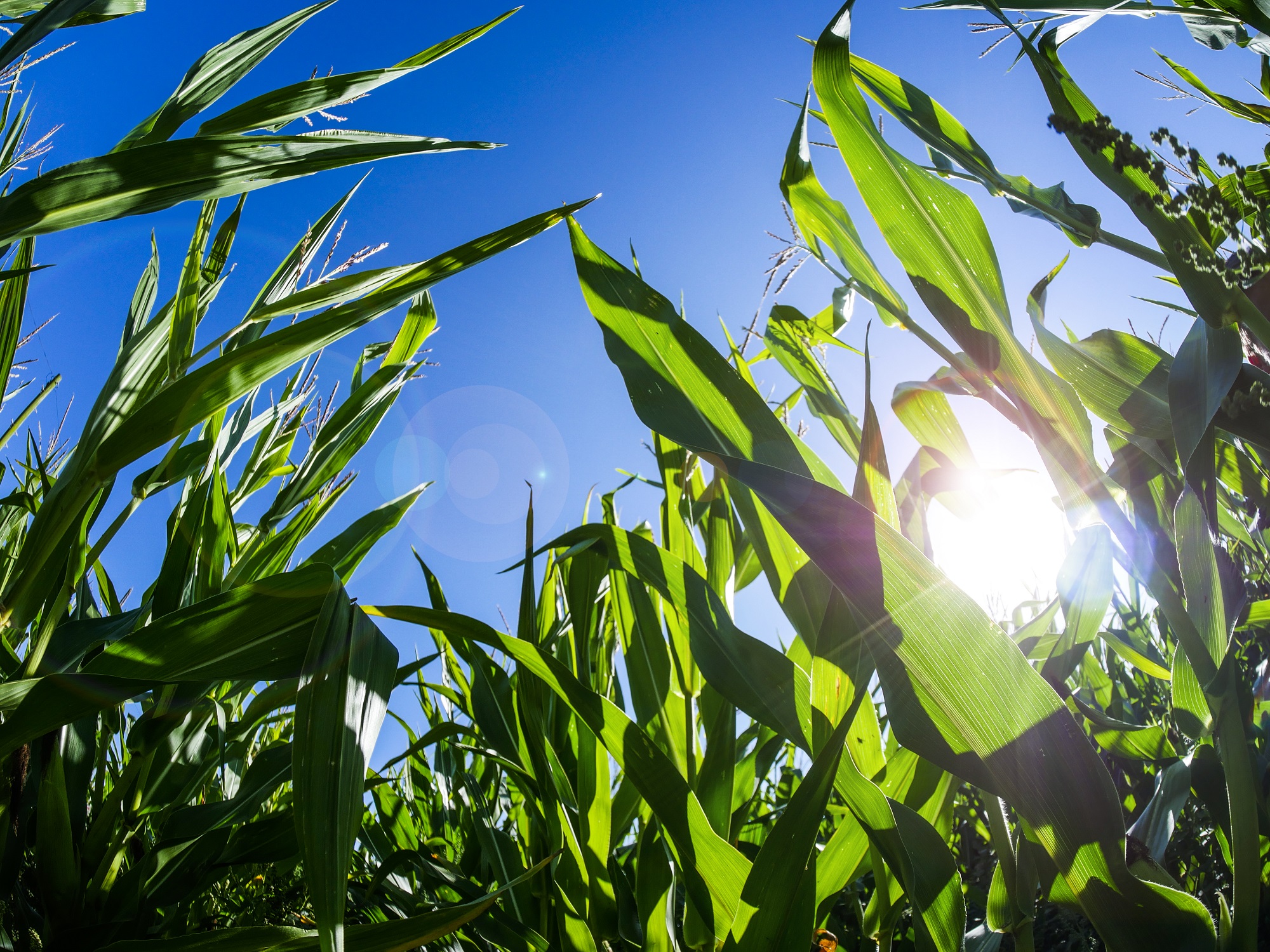
Our business is rooted in a 1,500-acre organic arable and dairy farm nestled between the Chichester Plains and the South Downs. This rich, fertile space allows us to grow a range of organic crops including maize, oats, wheat and barley, which are generally sown in the spring and harvested from August onwards.
We farm organic crops for two key reasons:
- Self-sufficiency – growing our own helps us protect our dairy enterprise against a very volatile organic market. It means we can feed our cows all year round, rather than having to purchase food externally. Around three-quarters of the crops we grow are used to sustain our herd.
- To sell – growing crops makes full use of the good quality soil that we are fortunate to be farming. This enables us to sell our crops into premium quality and export markets.
Changing times – organic crop rotation
Since converting to organic farming in the late 1990’s we now follow a diverse crop rotation programme. This helps sustain fertility in the soil and promote good soil health. The 7-year rotation requires crops such as clover to be planted, which fixes nitrogen in the soil naturally helping support future crop growth. With a grass-fed dairy herd, we also need a grass grazing platform that forms part of the farm’s rotation. This is located close to the dairy and linked to the permanent tracks used by the herd as the cows walk to and from the milking parlour.
What are the crops used for?
We typically sell the oats, barley and wheat which are grown here:
- Oats are sold for organic porridge oats and organic oat milk in Cheshire
- Barley is sold for malting to make organic beer in Belgium or Sweden
- Wheat is usually sold for milling to make organic bread or biscuits by Doves Organic in Hungerford
We also sell our barley and wheat for seed production. Once cleaned it’s sold via our grain merchant to other farmers for crop growing on their own farms.
Which crops are used to feed the cows?
The crops we grow for our dairy herd are used in different ways:
- Maize can be cut as a whole plant and chopped to make silage. This is then fed to the cows over the winter when they are inside the sheds. Some of the maize is left to grow and mature before being cut for its grain only, rolled and ensiled as a high energy feed for the cows.
- Clover is usually around three times a year using a mower. It’s left to wilt and dry out before being picked up, chopped to a uniform length and ensiled in large storage bunkers. It’s then used as winter feed.
- Barley is used in two different ways; when’s it’s not fully mature it can be cut to produce a whole crop silage for the cow’s diet. Or if it’s matured further (but not fully ripe) it can be harvested, and the grain crushed for winter feed.
Why does organic matter when it comes to crops?
The organic standard is legally binding in Europe and the UK. Farming to this standard – without chemicals and synthetic fertilisers and following higher animal welfare standards – enables us to sell to a premium market. It also improves the biodiversity, soil health and climate resilience of the farm, helping us meet our own sustainability goals as a business.
What are the biggest challenges when it comes to growing crops?
In recent years the weather and climate change have been the biggest challenges. Extreme weather patterns through the growing season means we have to adapt. Global instability and Covid have also affected grain markets, impacting prices in the UK and Europe. The organic grain market currently makes up less than 10% of the UK total grain sales, but sales of organic grain products are growing between 7% and 10% annually. We’re also seeing growing consumer demand driven by younger customers who are keen to seek out provenance and choose organic, less processed foods.

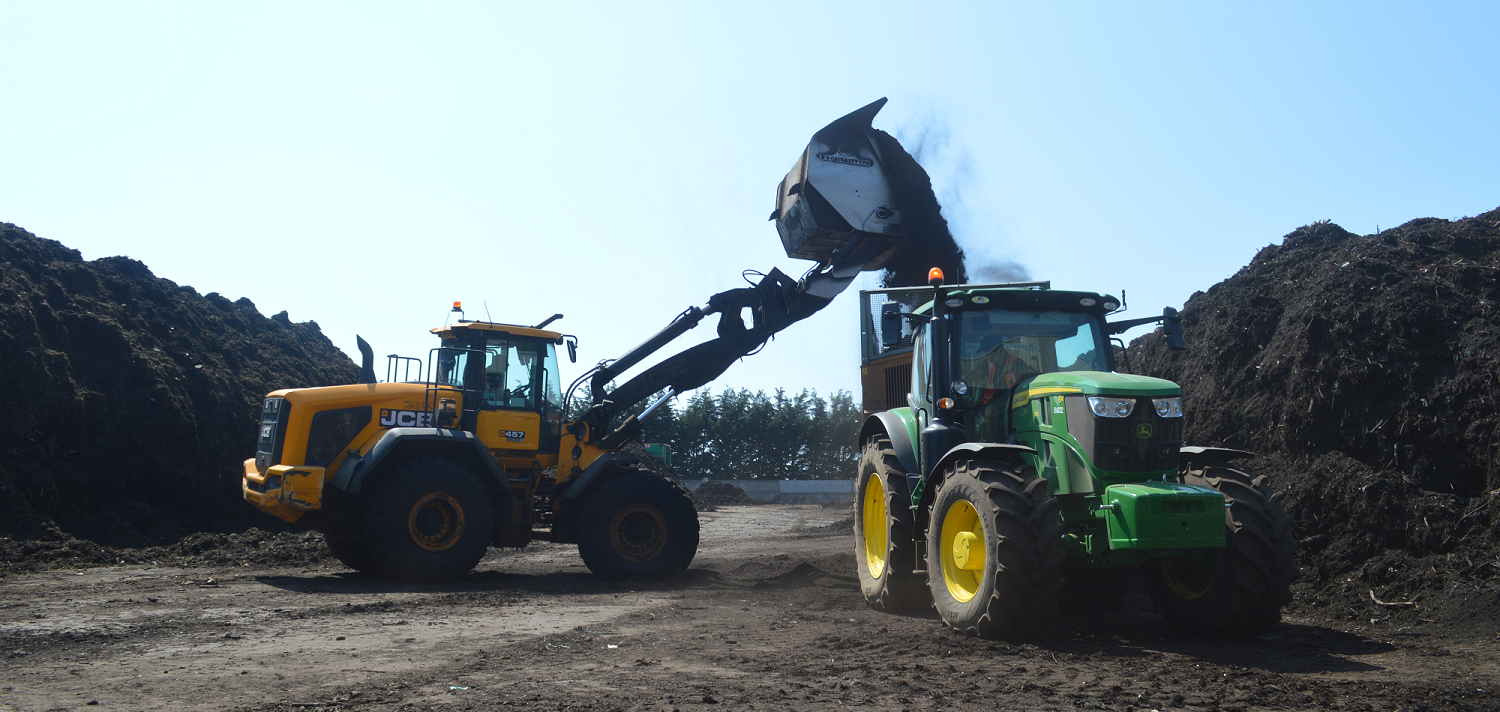
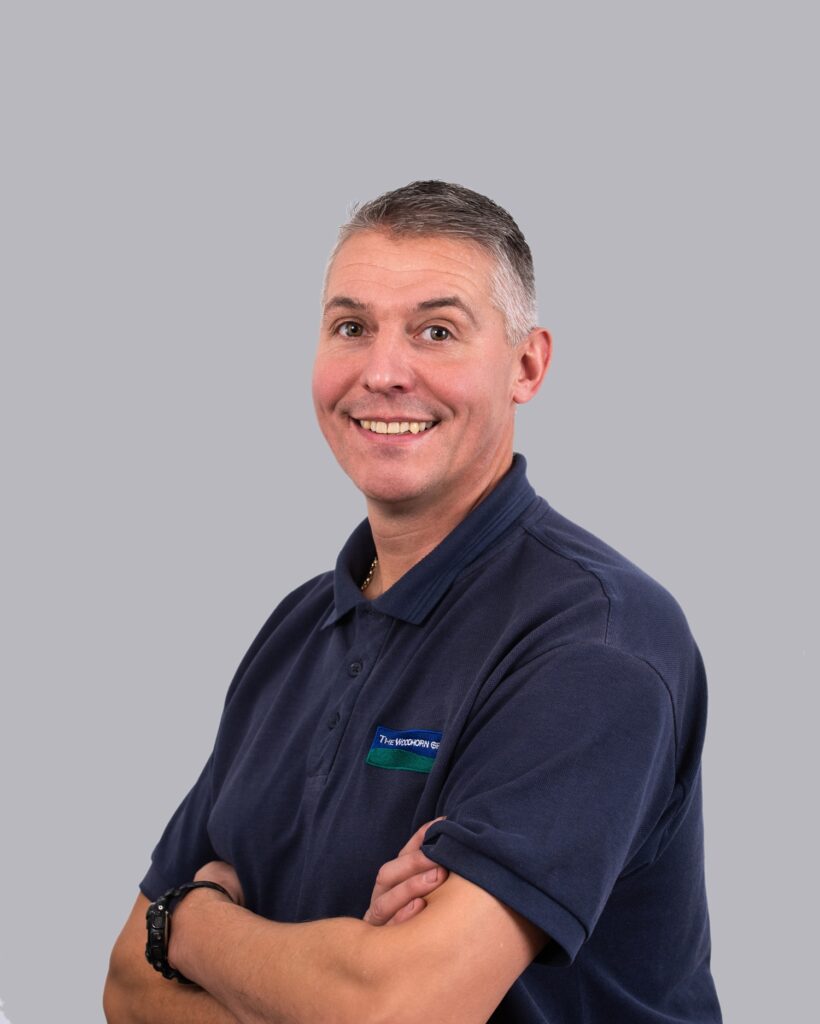
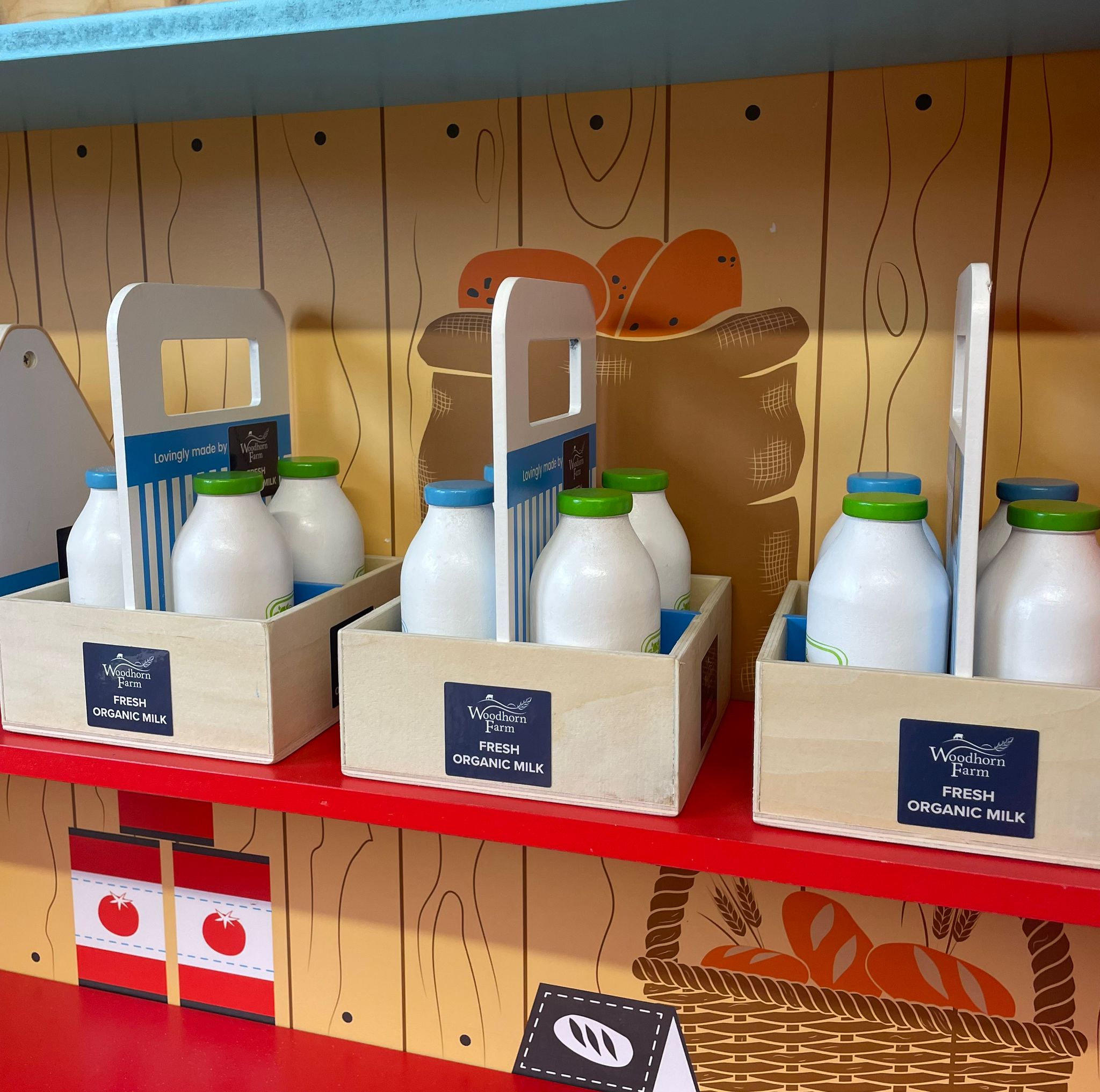
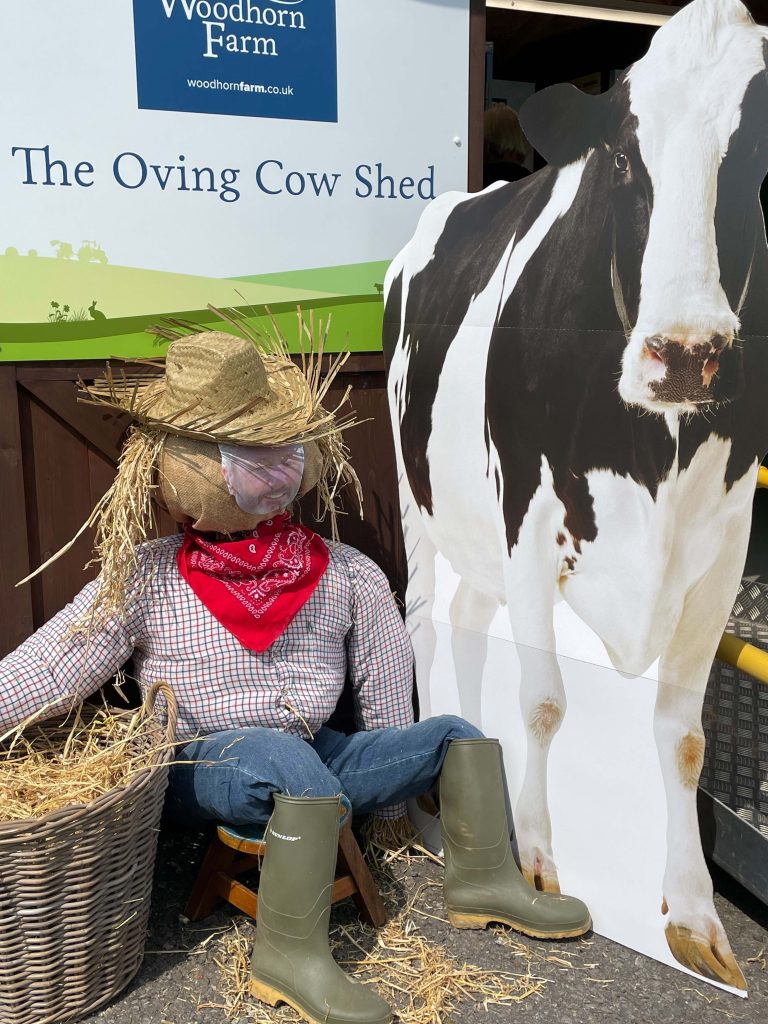
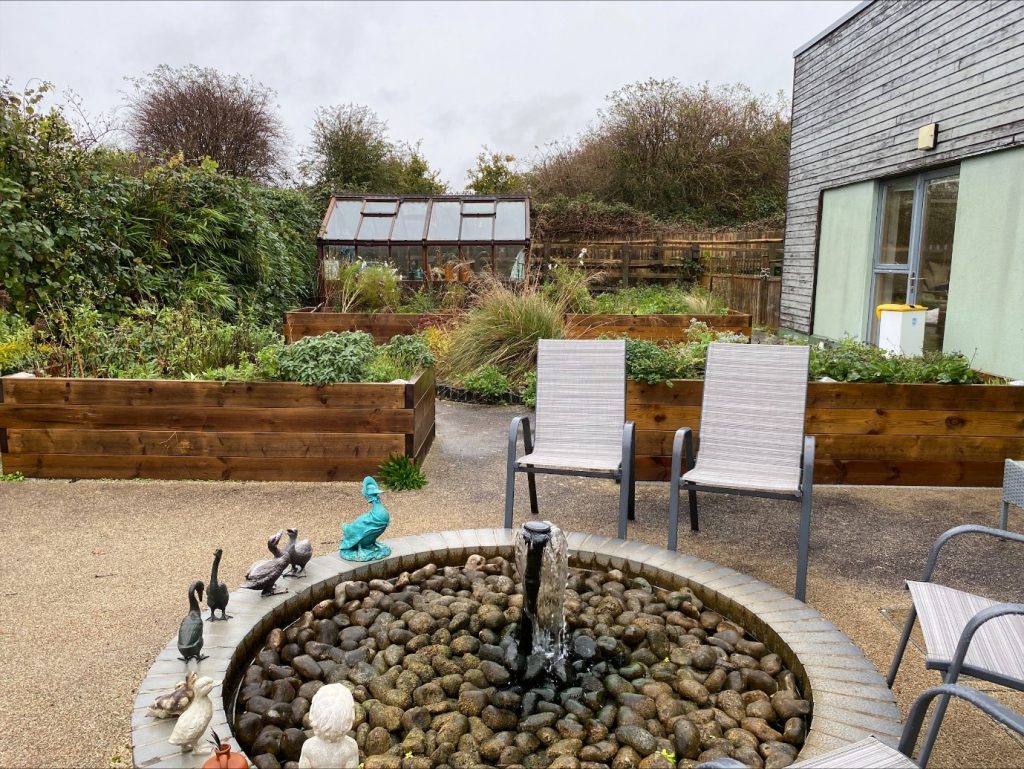
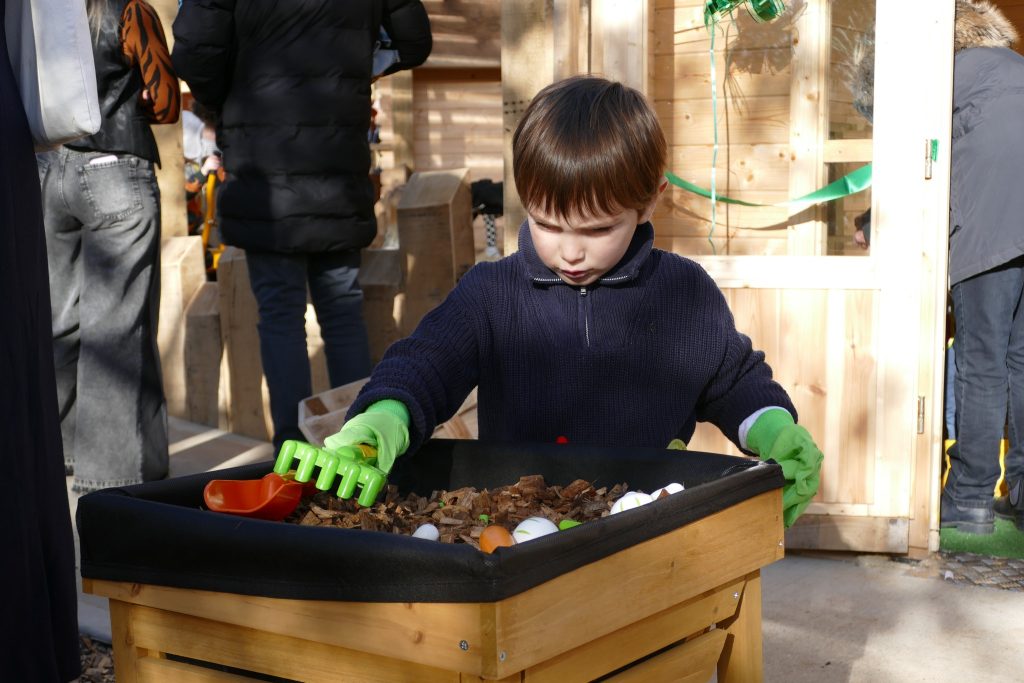
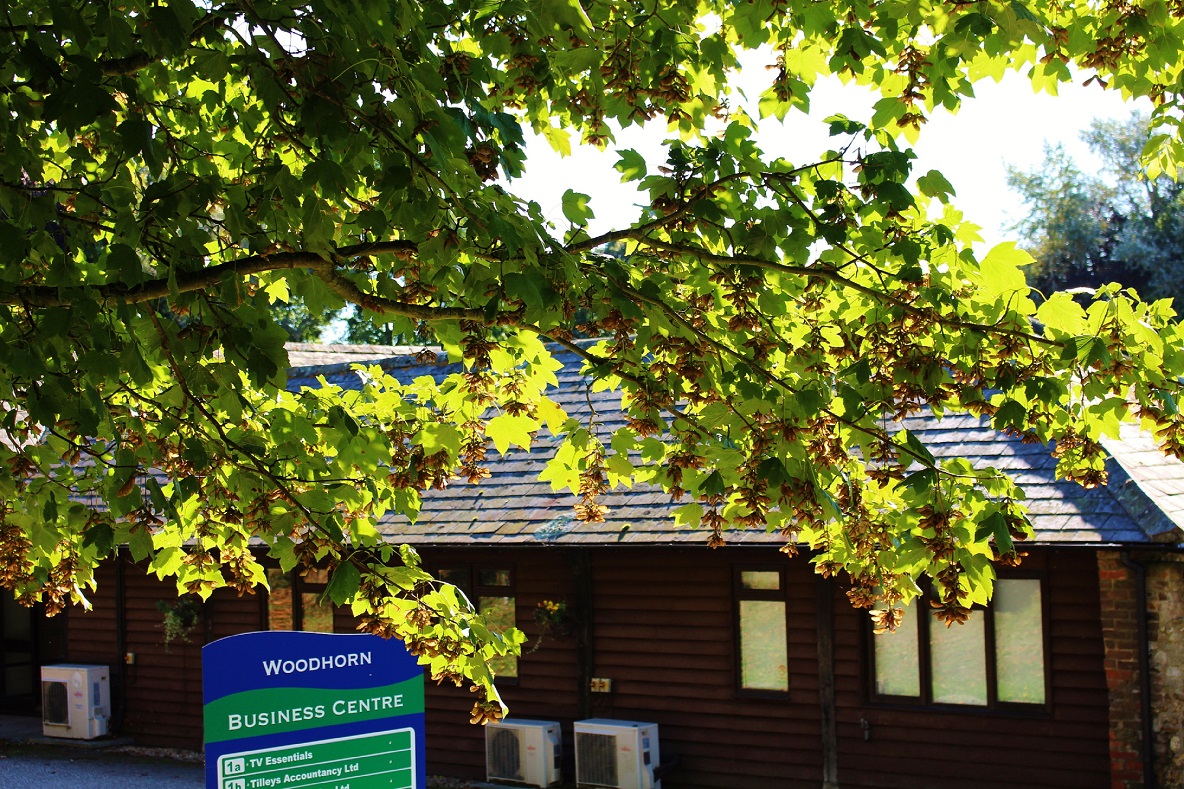

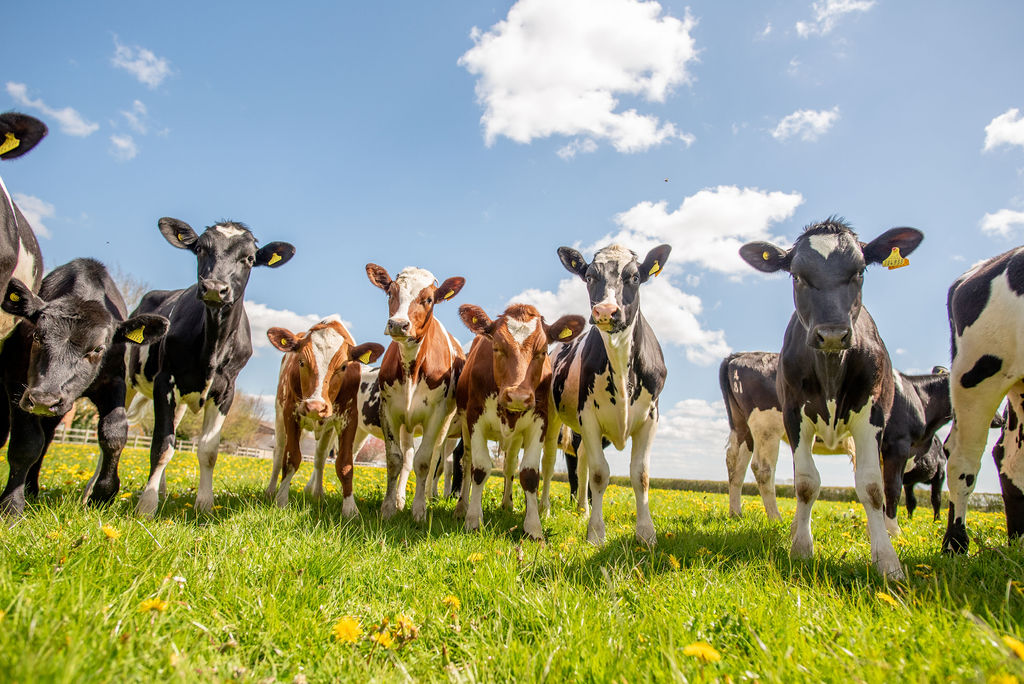
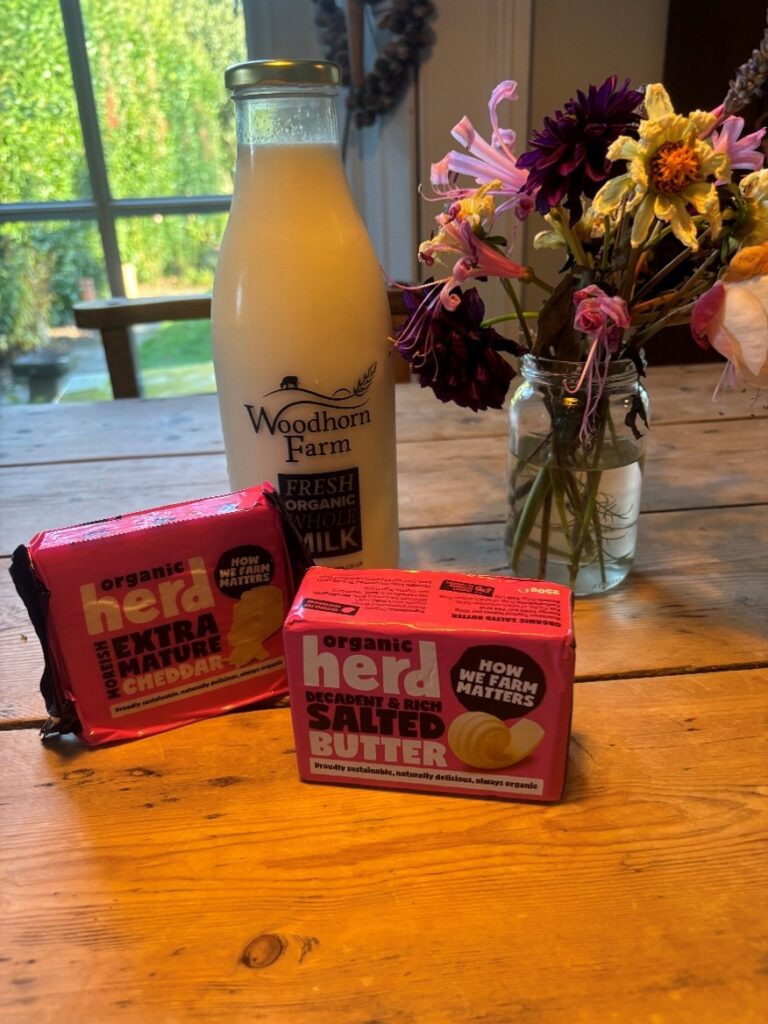
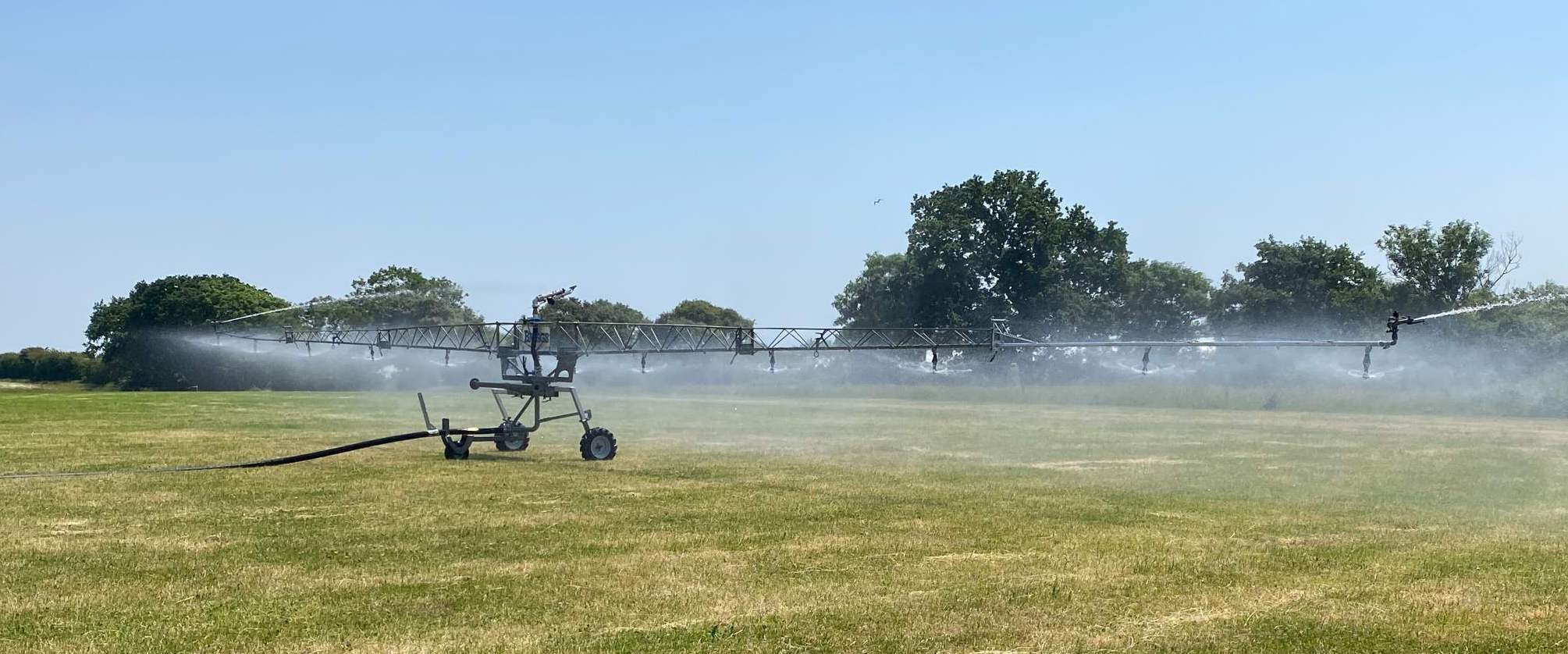
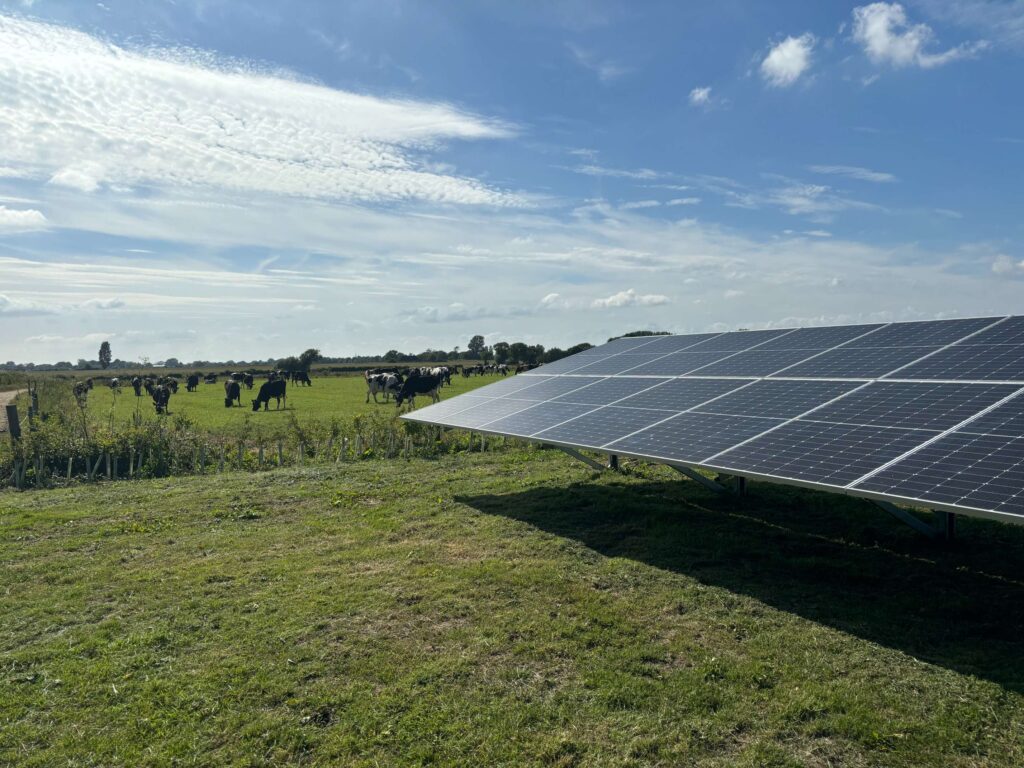
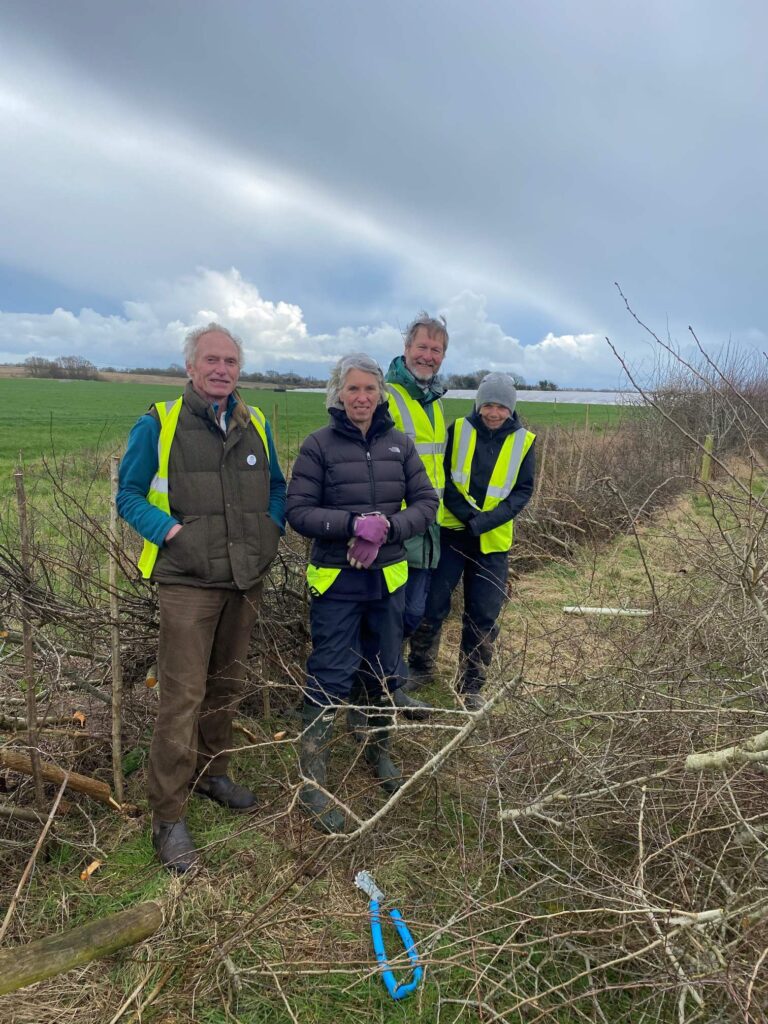

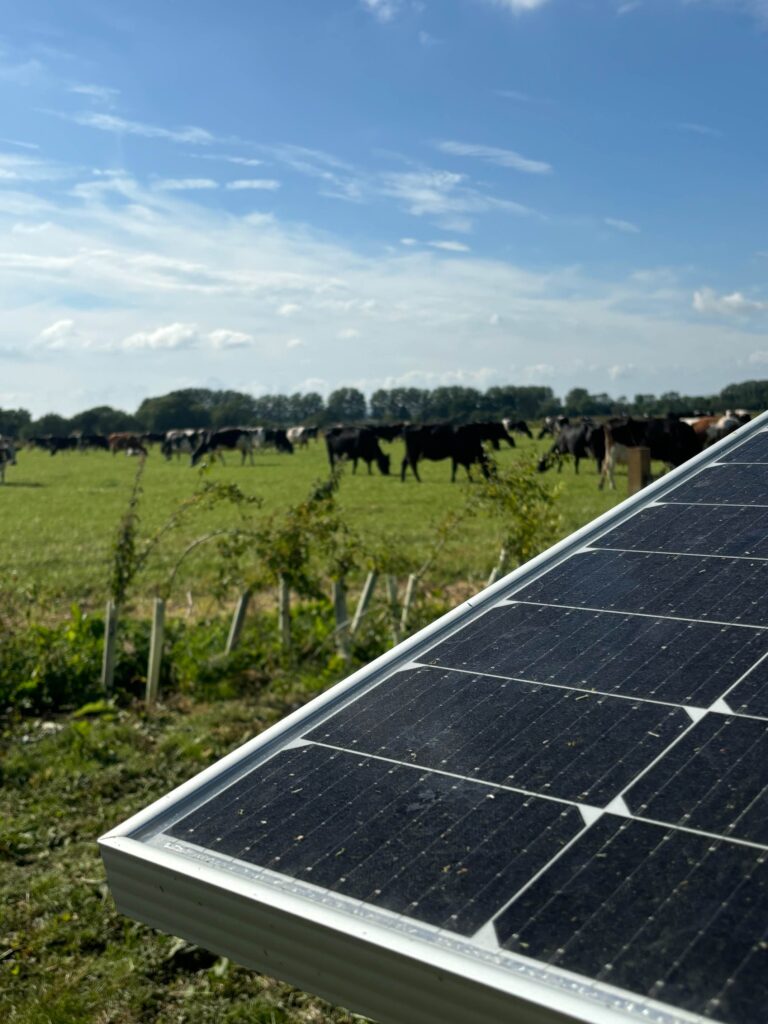
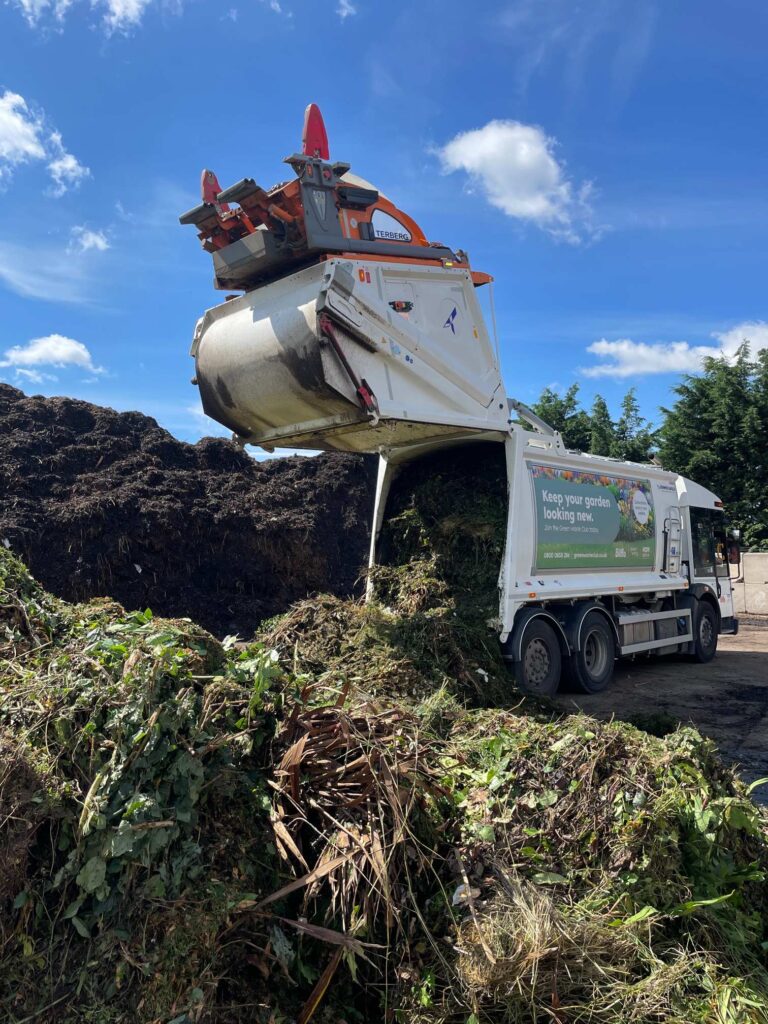
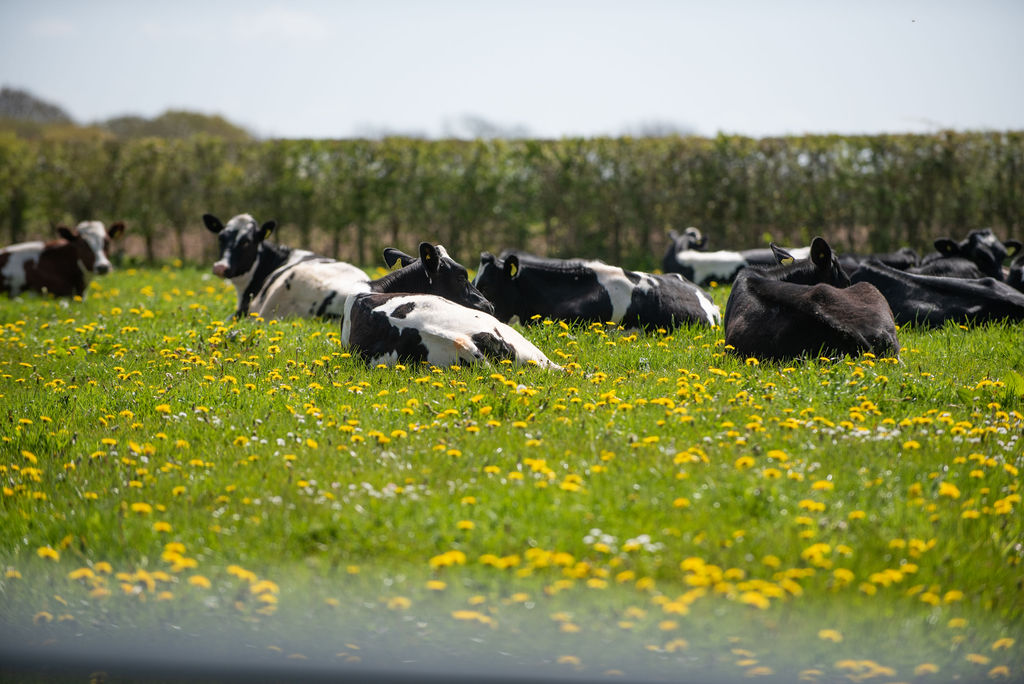

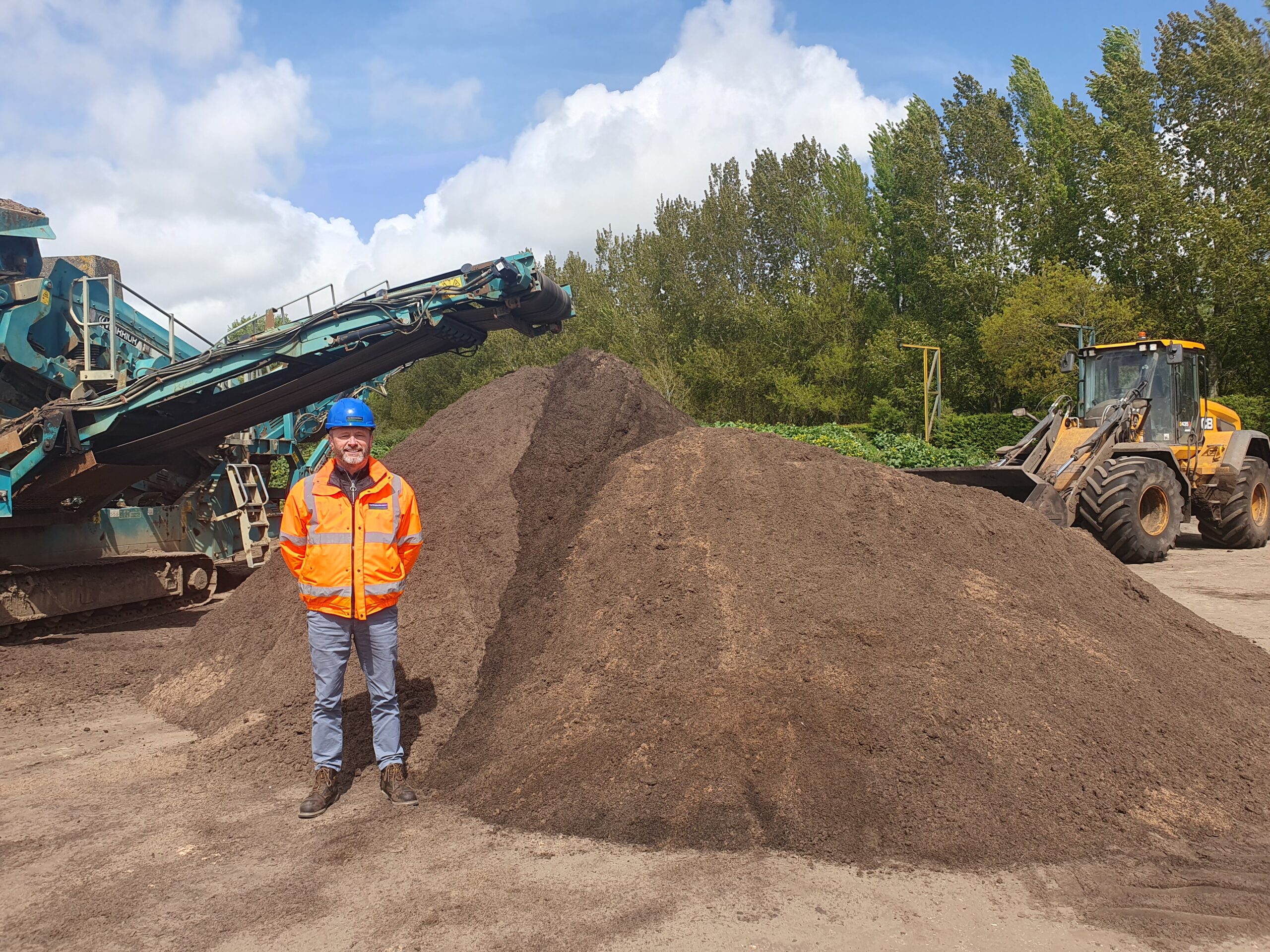
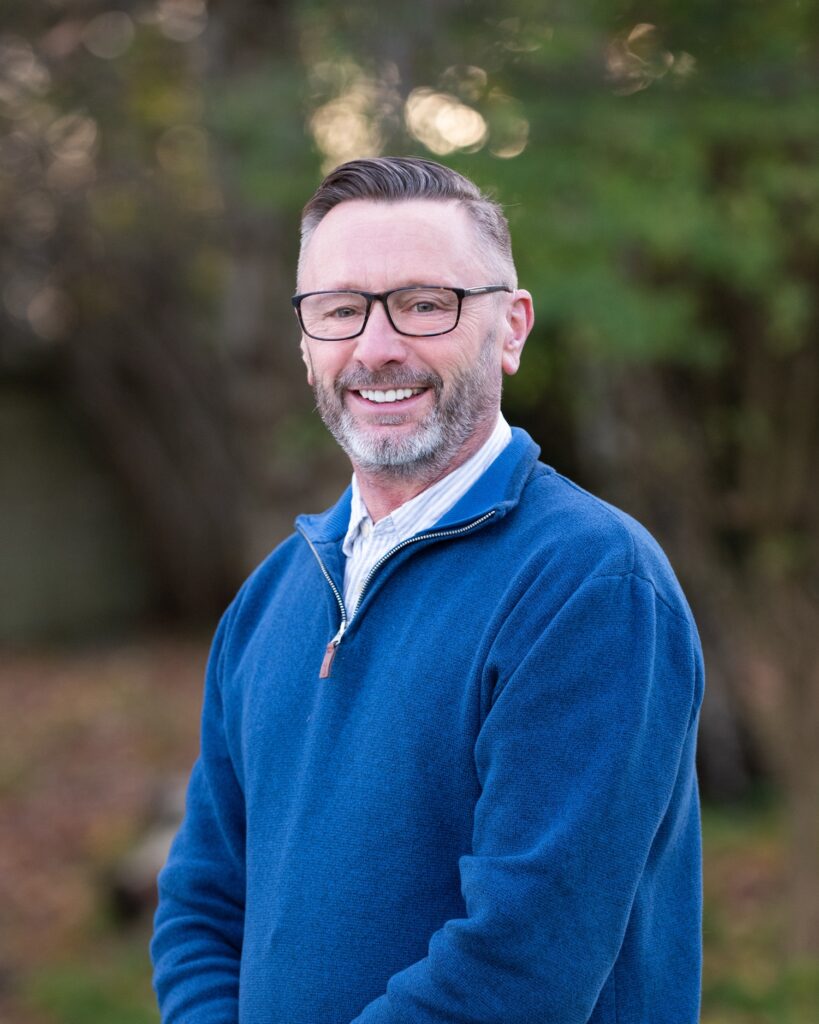

Recent Comments